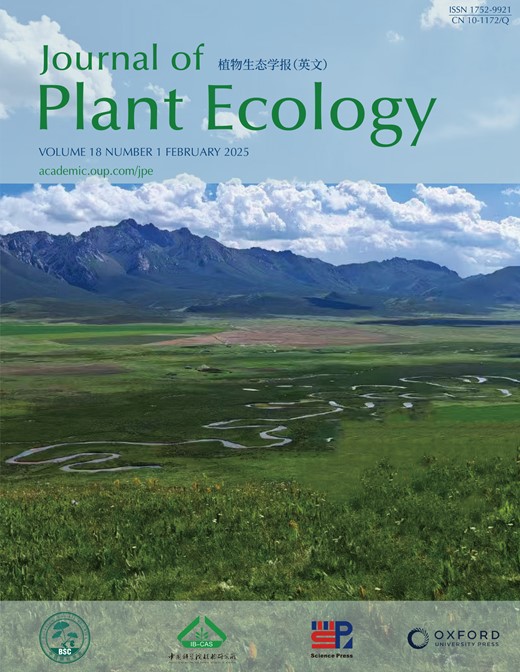Current Issue
-
 Volume 18 Issue 1
Volume 18 Issue 1
This bird's-eye view of the Yellow River showcases a vital waterway flowing through China's Dari County in Sanjiangyuan region. The Yellow River is the mother river of the Chinese nation, originating from the "Ancient Sect Liequ" in Maduo County, Qinghai, flowing through the fertile grassland of Dari County, diverting dozens of rivers to the green grassland. On both sides of the river, there are severely degraded black soil flats, artificial grasslands planted in ecological restoration projects, alpine shrubs and swampy meadows, and other diverse grassland ecosystems are visible. Rest-grazing during the regreening period and seasonal grazing, and soil fertility improvement are important management and restoration measures for alpine grassland ecosystems. As a model demonstration county of ecological restoration in Sanjiangyuan region, Dari County will continue to polish the business card of ecology, do a good job in ecological protection and restoration, improve ecological quality, and create a new situation in ecological construction. Photo taken by Xiaoli Wang. See Zhang et al. in this issue.
IF: 3.9
CiteScore: 5.7
CiteScore: 5.7
Editors-in-Chief
Yuanhe Yang
Bernhard Schmid
Yuanhe Yang
Bernhard Schmid
CN 10-1172/Q
ISSN 1752-9921(print)
ISSN 1752-993X(online)
ISSN 1752-9921(print)
ISSN 1752-993X(online)







